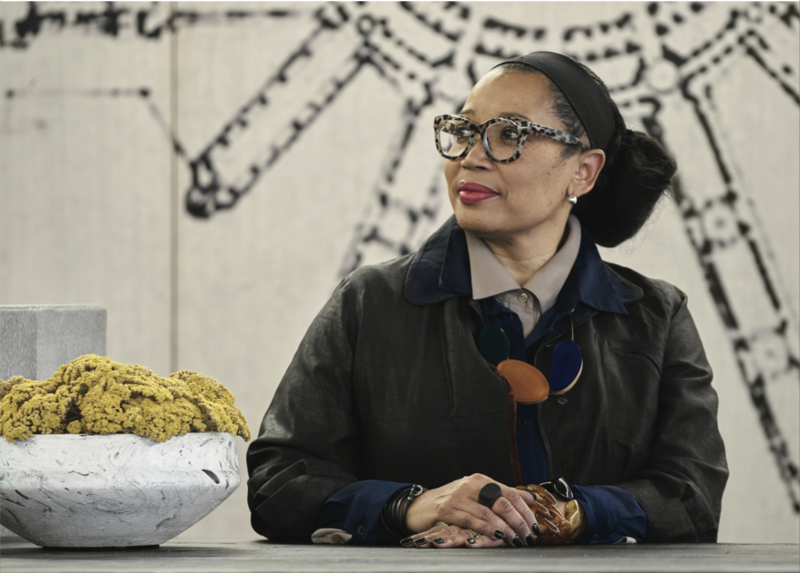For all those who eat, sleep and breathe design, Cheryl Durst has got you beat—the CEO of the International Interior Design Association got married in a design center. A lifelong evangelist for the profession, she’s been with the IIDA for over 20 years, and has never tired in her mission to promote the importance of good design. Whether it’s speaking to students, designers, or strangers on airplanes, she never wavers from her steadfast belief that “design is the true measure of a soul.”

In a wide-ranging conversation with host Dennis Scully on the latest edition of the Business of Home podcast (sponsored by High Point Market and Crypton), Durst offers takeaways on the hot-button issues of the day faced by commercial and residential designers alike.
Every Client Conversation Matters
In an age when design is valued more than ever, but the value of designers is often questioned, Durst focuses on education as the way forward. “The irony of design is it is solving for most clients a very immediate problem, and so in the mind of the client, it’s kind of one-and-done. That doesn’t help us in that long road of helping people understand that design is much longer-term,” says Durst. “We talk about the fact that designers need to be lifelong learners—they also need to be lifelong educators. Every conversation with every client is educating them about the value of what design can ultimately do for their lives.”
How To Fix Pricing Confusion
It’s no secret: Interior design doesn’t have a standardized pricing structure, and that causes a lot of stress for both designers and clients. Durst acknowledges the unwieldiness of the problem (“I can’t think of a harder thing”), but suggests a way to start: language. “I think it comes back to a common lexicon. If a designer is saying, ‘This will be cost plus,’ there should be some kind of standard that if I’m working with you now, but if in 10 years I’m working with someone else, that ‘cost plus’ has the same meaning over time and from designer to designer,” she says. “I think it starts with a common vocabulary so that clients have a clear understanding—maybe not always of what you’re charging—but how you’re charging.”
How To Get Commercial Projects
The IIDA focuses more on commercial projects than residential, making Durst an ideal person to answer the age-old question many residential designers have: “How do I get into commercial work?” She urges them to think less about specific skills and focus on getting into the client’s head. “Clients are hiring for fit. … I think that residential designers who are wanting to make that leap need to look at the scope and scale of those projects, but [also] start paying attention to those folks who are crafting the space, who they are as a brand, because there may actually be more affinity and a better fit for a residential designer. … It’s about the people that are commissioning the business.”
Instagram: Good or Bad for Design?
Durst acknowledges Instagram’s ability to draw eyeballs to the practice of design, but urges caution. “Bells and whistles don’t give us life. Comfort, functionality and efficiency give us life. Very often what we see on Instagram has been orchestrated and staged. But what we crave and what makes us real as human beings are the surroundings where we’re most comfortable,” she says. “As much as I love the bells and whistles, I love sanctuary and comfort and that people retreat to a place where people feel most at home. … Inasmuch as we are looking for those Instagrammable moments, you don’t live in an Instagrammable moment.”



























